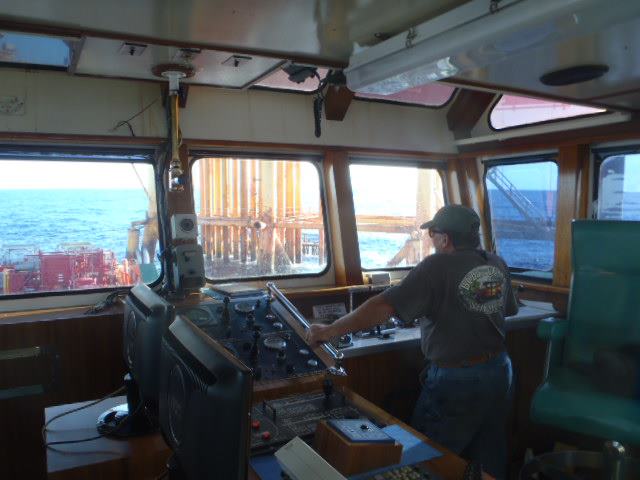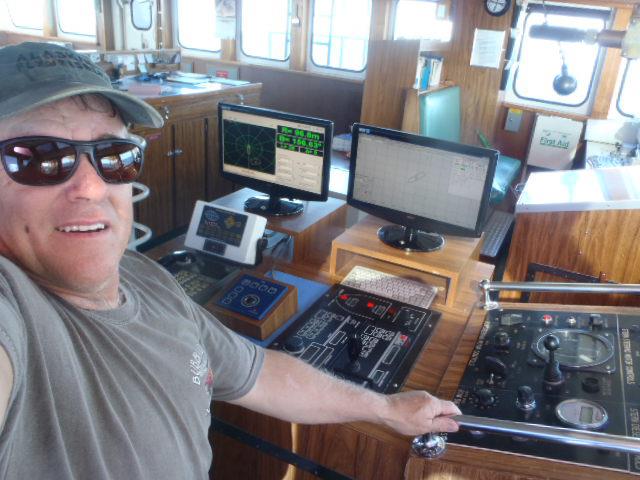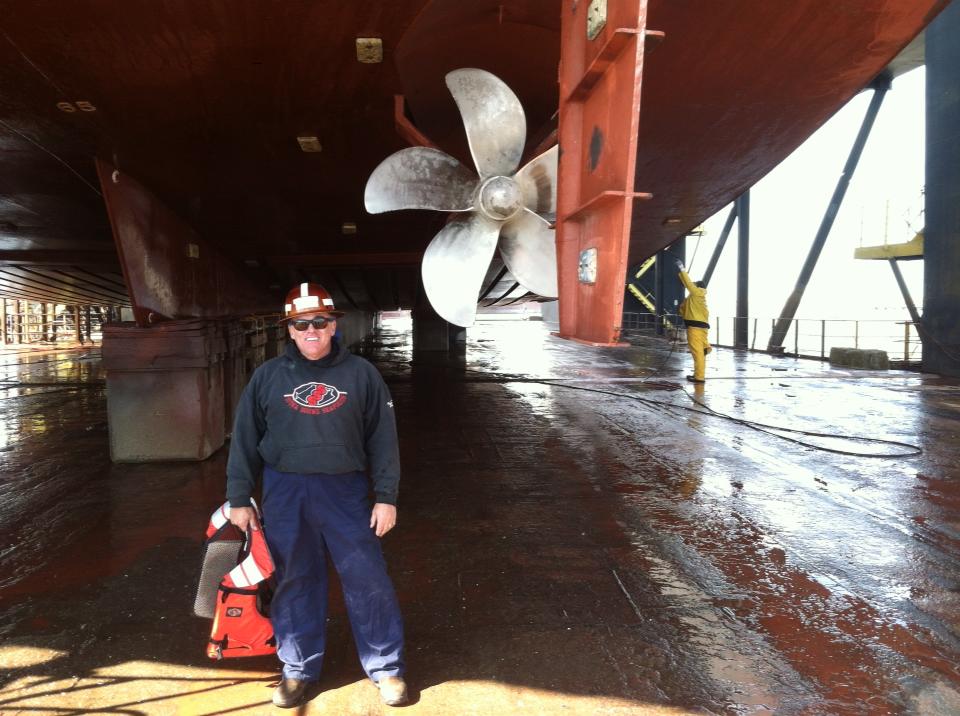Are You Confident Your Next Charter Trip Meets Every Safety Standard?
Operating a small passenger or charter boat isn’t just about offering a great experience on the water—it’s about ensuring small passenger vessel safety every single time you set sail. From USCG safety regulations to the fine details of a vessel safety checklist, meeting the right standards protects your passengers, your crew, and your reputation.
Below, we’ll walk through proven charter vessel safety practices to help you stay compliant, pass every passenger vessel inspection, and provide peace of mind for your customers.
Know the U.S. Coast Guard Vessel Requirements
Every small passenger or charter operator must be familiar with U.S. Coast Guard vessel requirements. These are non-negotiable rules that cover everything from life-saving equipment to stability and fire protection.
Key areas to focus on
- Life Jackets & Survival Gear: Ensure enough USCG-approved life jackets for every passenger, properly sized and stowed.
- Navigation Lights & Signals: Confirm all are operational before every trip.
- Fire Safety Equipment: Extinguishers must be accessible, inspected, and crew trained on use.
- Stability Compliance: Never exceed your vessel’s weight or passenger limits.
Understanding and applying these regulations ensures your vessel passes inspections and avoids costly penalties.
Build a Reliable Vessel Safety Checklist
Even seasoned captains can miss small but critical details. A vessel safety checklist helps you prevent oversights.
Items your checklist should include
- Hull and deck inspection for leaks or structural damage
- Engine oil and fuel system checks
- Test of radios, GPS, and emergency beacons
- Verification of passenger count versus approved capacity
- Briefing on boat charter safety rules for every trip
This proactive step shows passengers you prioritize maritime safety compliance and builds trust in your operation.
Train and Empower Your Crew
Your crew is your first line of defense in emergencies. Even on small charter vessels, drills and training aren’t optional—they’re lifesaving.
Best crew training practices
- Conduct monthly emergency drills (fire, man-overboard, abandon ship).
- Review USCG-approved procedures for evacuations and distress signals.
- Assign roles during emergencies so everyone knows their responsibilities.
A well-prepared crew turns a potential crisis into a controlled response, reinforcing your commitment to charter vessel safety.
Prioritize Passenger Briefings
Before departure, every passenger should understand basic safety procedures. A friendly, clear briefing doesn’t just meet passenger vessel inspection standards—it can prevent accidents.
H3: What to cover in your briefing
- Location and proper use of life jackets
- Handholds and seating rules during movement
- Emergency communication methods
- Behavior guidelines to avoid hazards (e.g., standing on rails, unsecured belongings)
This step creates a culture of safety onboard and reassures your passengers that their well-being matters.
Schedule Regular Maintenance & Inspections
Even if your vessel looks fine, unseen issues can cause serious problems. Routine inspections and maintenance keep your boat seaworthy and compliant with USCG safety regulations.
- Partner with certified marine mechanics for engine and electrical checks.
- Schedule annual passenger vessel inspections well in advance.
- Record all maintenance and corrective actions in your logbook.
Regular upkeep minimizes downtime, prevents accidents, and ensures your charter business stays operational and trusted.
Foster a Culture of Continuous Improvement
Small passenger vessel safety isn’t a one-time effort. Encourage feedback from passengers and crew, review incidents—even minor ones—and refine your procedures. Whether it’s updating your vessel safety checklist or upgrading equipment to exceed U.S. Coast Guard vessel requirements, constant improvement keeps your operation at the top of the game.
Final Thoughts
Your passengers choose your charter not just for adventure but for the confidence that you prioritize their safety. By following these boat charter safety rules, training your crew, and meeting every maritime safety compliance standard, you’ll build a reputation as a reliable operator who never compromises on protection.
Ready to strengthen your charter’s safety program? Visit Short Maritime for expert guidance, resources, and checklists tailored to small passenger vessel safety. Let’s make every voyage a safe and successful journey—starting today.






